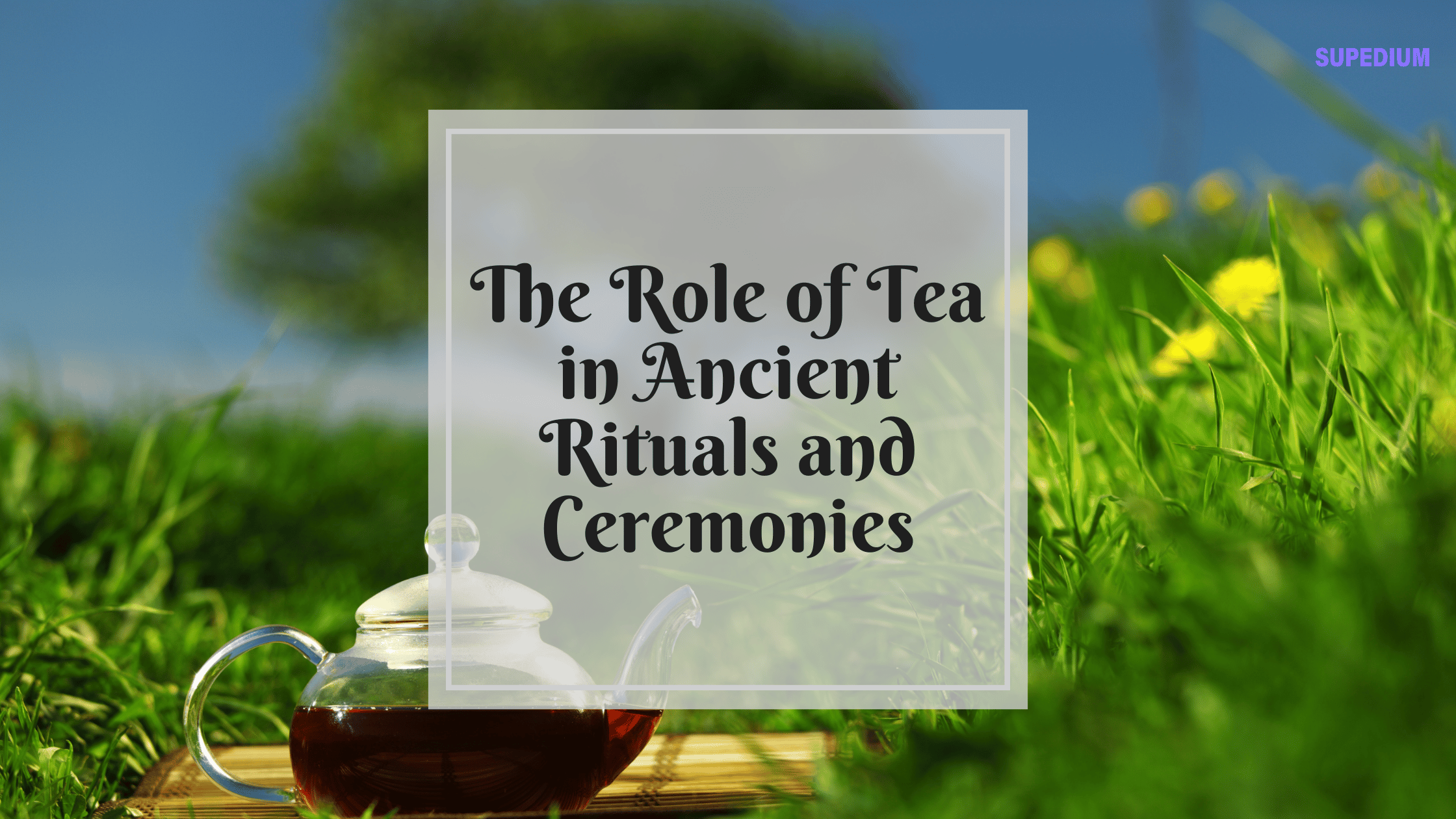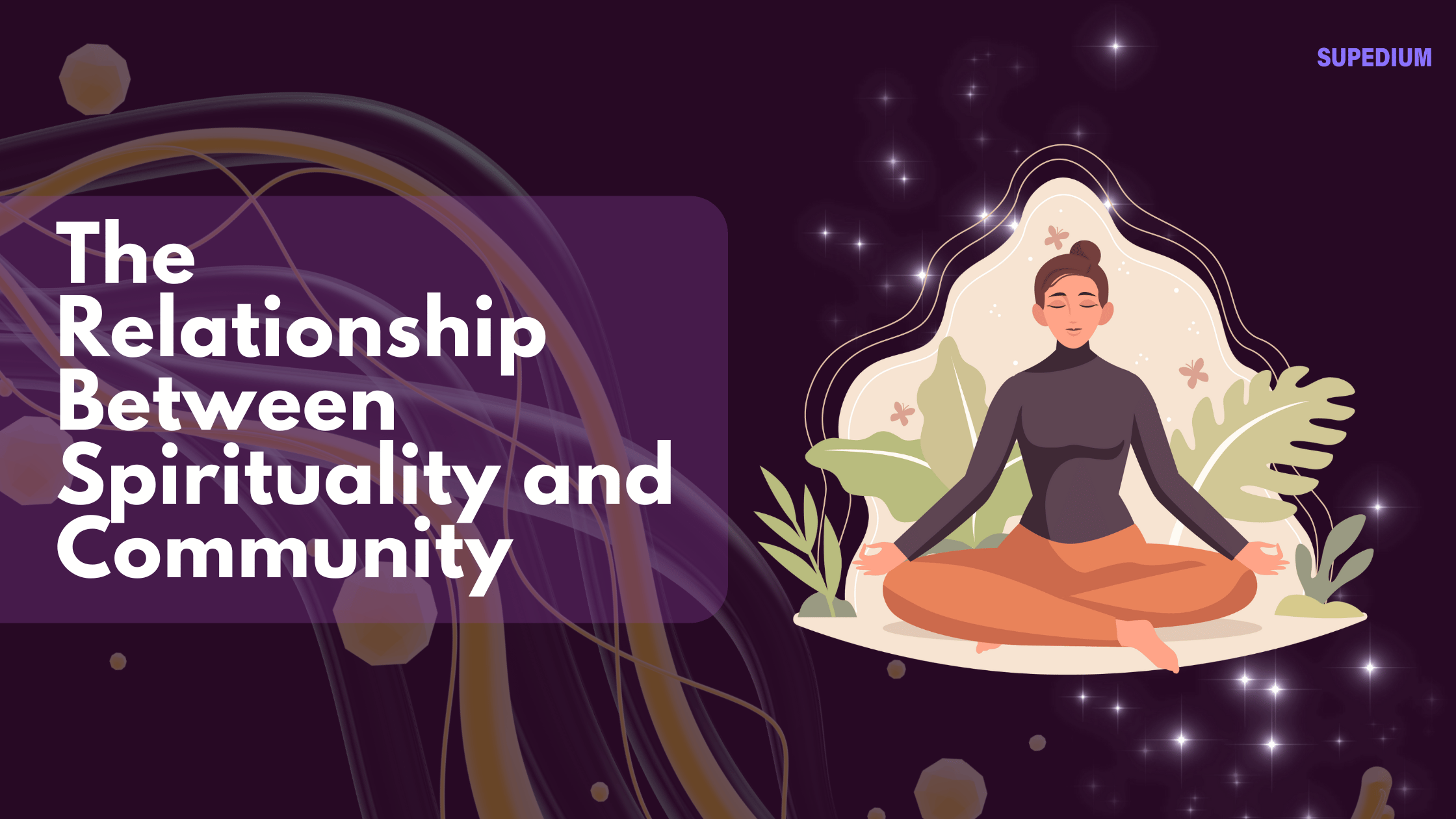Table of Contents
![]()
Introduction
Tea, derived from the leaves of Camellia sinensis, has played a significant role in cultural practices and rituals across the globe. This simple beverage, enjoyed in various forms such as green, black, oolong, and white, transcends its basic function as a drink, embodying deep spiritual and ceremonial significance in ancient societies. This article explores the role of tea in ancient rituals and ceremonies, focusing on its significance in China, Japan, Korea, and India.
Tea in Ancient China
Early History and Origins
Tea’s origins are steeped in myth and history. According to Chinese legend, Emperor Shen Nong, a revered figure in traditional Chinese medicine, accidentally discovered tea in 2737 BCE when leaves from a wild tea tree blew into his boiling water. Early references to tea appear in texts such as the Shen Nong Ben Cao Jing, a foundational work on herbal medicine, indicating tea’s role as both a beverage and a medicinal herb.
Rituals and Ceremonies
Tea’s integration into Chinese rituals began as early as the Tang Dynasty (618–907 CE). During this period, tea drinking became an important cultural activity, with tea ceremonies emerging as a formal practice. The Song Dynasty (960–1279 CE) further refined these practices, establishing the foundation for what would later influence Japanese tea ceremonies.
Zen Buddhism, which emphasizes meditation and simplicity, significantly impacted tea culture. The practice of tea drinking became intertwined with Zen rituals, promoting mindfulness and tranquility. This influence extended to Japan, where it contributed to the development of the Japanese tea ceremony, known as Chanoyu.
In Confucian and Taoist traditions, tea held symbolic value. Confucianism emphasized propriety and respect, with tea ceremonies serving as an expression of these values. Taoism, focusing on harmony and balance, incorporated tea into meditative practices, reflecting its role in fostering inner peace.
Tea in Ancient Japan
Introduction of Tea to Japan
Tea was introduced to Japan in the early 9th century by Buddhist monks who traveled to China. These monks brought tea seeds and knowledge of tea cultivation back to Japan, where tea began to be used in religious practices and court rituals.
Development of the Japanese Tea Ceremony
The Japanese tea ceremony, or Chanoyu, evolved from earlier Chinese practices. By the late 15th century, the ceremony had been refined by figures such as Sen no Rikyū, who emphasized simplicity and the aesthetics of the tea experience. The tea ceremony became a ritual of harmony, respect, purity, and tranquility, embodying principles of Zen Buddhism.
The ceremony involves meticulous preparation and presentation of tea, reflecting a deep respect for the moment and the participants. Each step, from the arrangement of utensils to the serving of tea, is performed with deliberate intention, reinforcing the values of mindfulness and spiritual connection.
Tea’s Role in Japanese Spiritual and Social Life
In Japanese culture, tea ceremonies became more than just a ritual; they represented a philosophical approach to life. The tea ceremony’s principles influenced various aspects of Japanese culture, including art, architecture, and interpersonal relationships. It symbolized a commitment to harmony and respect, extending beyond the ceremony itself into everyday life.
Tea in Ancient Korea
Introduction and Early History
Tea arrived in Korea in the 7th century, influenced by trade with China and the spread of Buddhism. Early Korean texts mention tea, indicating its use in both daily life and religious contexts. Tea culture in Korea was shaped by Confucian and Buddhist traditions, which emphasized ritual and formality.
Korean Tea Rituals and Practices
Korean tea ceremonies, known as darye, developed distinct characteristics. In royal courts, tea ceremonies were elaborate affairs, reflecting the social status and sophistication of the participants. Buddhist temples also adopted tea rituals, using tea as a medium for meditation and spiritual reflection.
The practice of darye involved specific rituals, including the preparation and presentation of tea. It was not just a beverage but a medium for demonstrating respect and cultural values. The ceremonies often incorporated elements of Korean aesthetics, such as the use of traditional tea utensils and the arrangement of the tea setting.
Influence of Tea on Korean Culture
Tea became an integral part of Korean cultural and literary traditions. Its influence extended to art forms, where it appeared in paintings, poetry, and ceramics. The aesthetic and ritual aspects of tea were deeply embedded in Korean society, reflecting a broader cultural appreciation for harmony and balance.
Tea in Ancient India
Historical Context and Introduction
Tea’s presence in India dates back to ancient texts, though it was not until the 19th century that tea cultivation became significant. Early references in Indian texts describe tea as a medicinal herb, used for its health benefits rather than as a common beverage.
Tea in Indian Rituals and Ceremonies
Tea played a role in various traditional Indian practices, including Ayurveda, the ancient system of medicine. Ayurvedic texts mention tea as a remedy for various ailments, highlighting its medicinal importance. Tea was also integrated into daily rituals and hospitality practices, serving as a symbol of welcome and respect.
The British colonial period marked a significant shift in tea culture in India. The establishment of tea plantations by the British East India Company transformed tea from a niche commodity into a major export product. This commercialization influenced local practices, integrating tea more deeply into Indian social and cultural life.
Comparative Analysis
Across cultures, tea shares common themes of symbolism and spiritual significance. In China, tea represented medicinal and ritualistic values, while in Japan, it became a symbol of Zen principles. Korea and India integrated tea into their cultural and spiritual practices, reflecting regional variations in ritual and ceremonial use.
Tea’s influence extends beyond its historical context, impacting modern practices and global culture. The legacy of ancient tea ceremonies continues to shape contemporary rituals and social customs, demonstrating tea’s enduring significance.
Conclusion
Tea has transcended its role as a mere beverage to become a profound element of ancient rituals and ceremonies. From its origins in China to its evolution in Japan, Korea, and India, tea has embodied spiritual, cultural, and social values. The enduring legacy of these ancient practices underscores tea’s role in fostering connection, mindfulness, and respect across cultures.
Share This





Be the first to comment